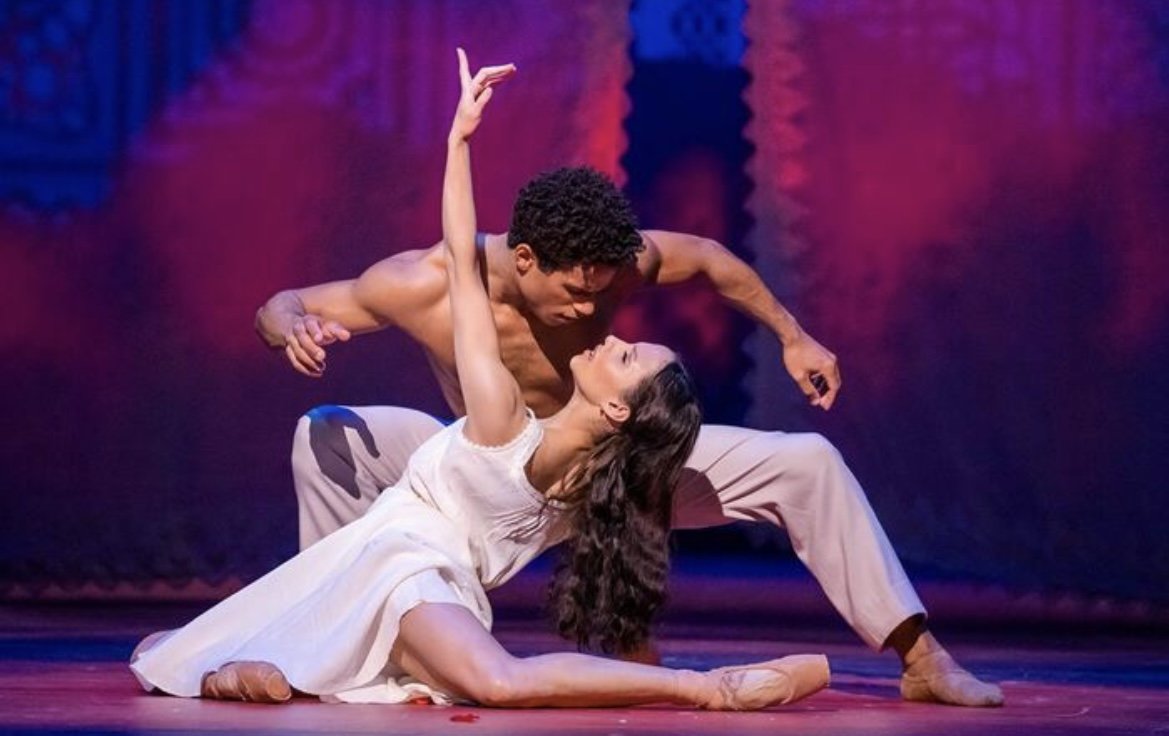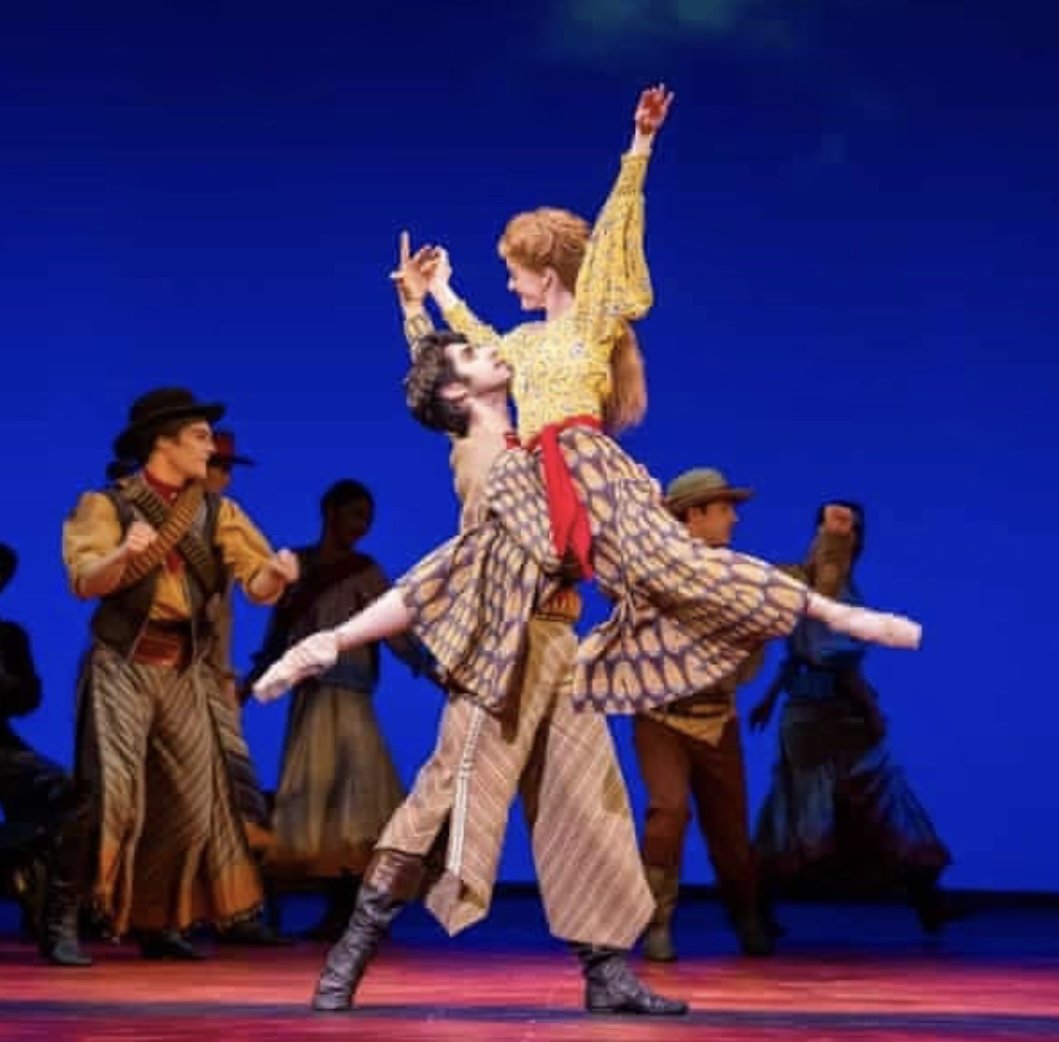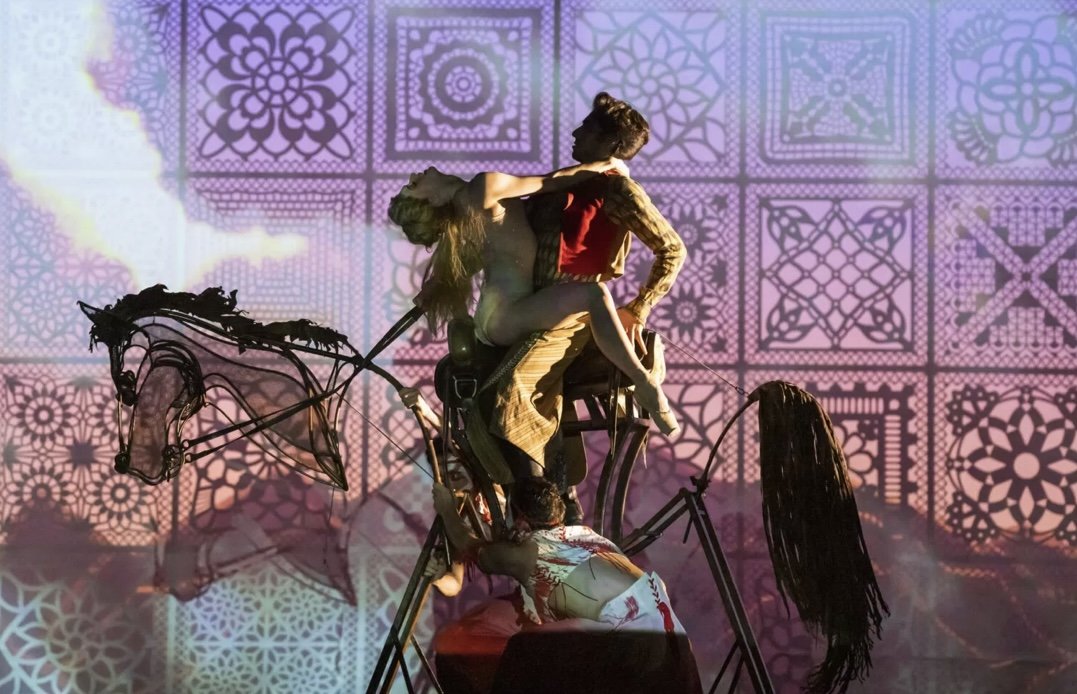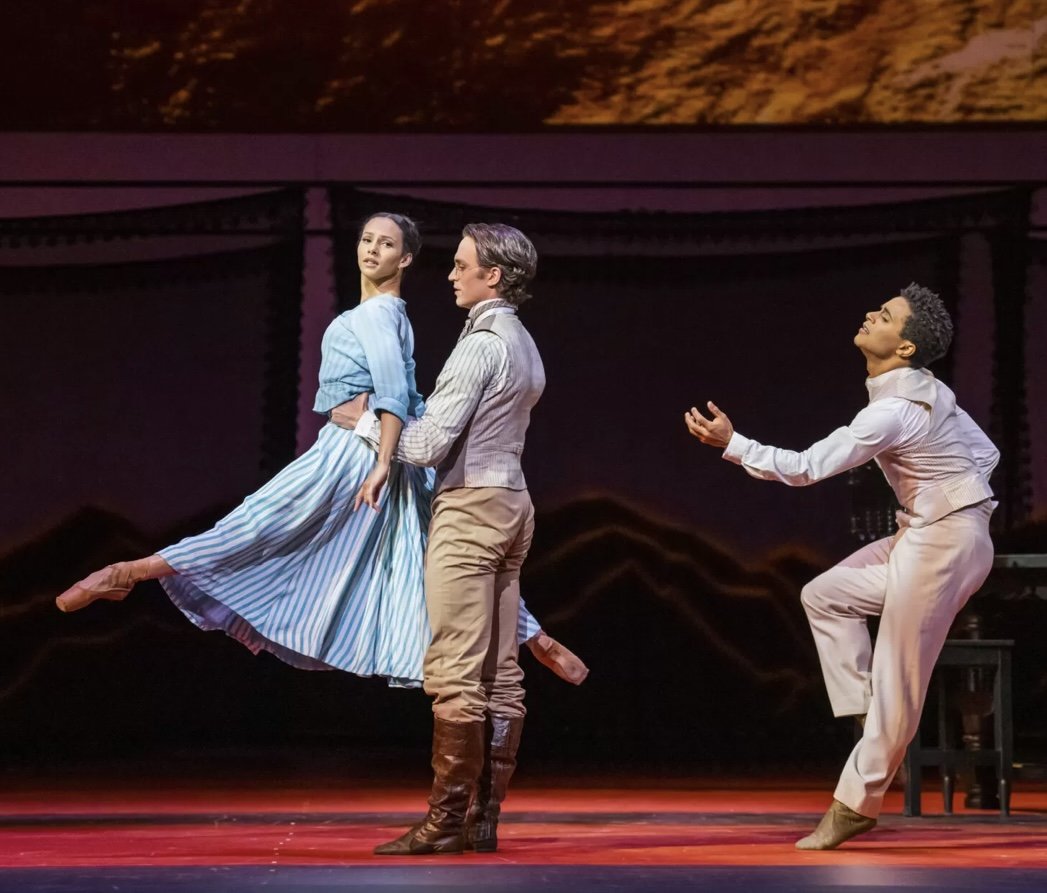Like Water for Chocolate - the ballet premiere
In the twentieth century, new three-act ballets were rarities. Of those that did come along, very few were made to new music of importance. Yet the ten years that Kevin O’Hare has been director of the Royal Ballet at Covent Garden, 2012-2022, have brought six three-act ballets to new music.
Two of these have arrived in the current season: The Dante Project (new in October 2021, the creation of Wayne McGregor, Thomas Adès, and Tacita Dean) and now Like Water for Chocolate, which had its premiere on Thursday, the third Covent Garden collaboration between the choreographer Christopher Wheeldon, the composer Joby Talbot, and the designer Bob Crowley. These are brave new ideas for full-length ballets. Each tries to take its audience on a different large arc from darkness to light. Neither, alas, lives in its detail.
Wheeldon, Talbot, and Crowley certainly aren’t formulaic. Their Alice’s Adventures in Wonderland (2011), The Winter’s Tale (2014), and now Like Water for Chocolate (new on Thursday 2 June) are all different kinds of drama. Indeed, The Winter’s Tale – much their greatest achievement – was a different drama in each of its acts. With Like Water for Chocolate, they’ve moved into the twentieth century, into Mexico and Texas, and into the magic realism of writer Laura Esquivel. Esquivel, whose eponymous novel was published in 1989 and became a film in 1992, became a part of their ballet’s preparation. After Thursday’s premiere, she joined the cast and collaborators onstage.
The prime weakness of this music-drama is its music. Talbot is a harmless composer, the twentyfirst-century equivalent of Cesare Pugni and Ludwig Minkus, the nineteenth-century hacks who churned out many new ballet scores for Marius Petipa and other choreographers; his music always does less to characterise his collaborations with Wheeldon than do Crowley’s designs. (He’s at his most poetic in Act Two of The Winter’s Tale, as Minkus is in the Shades scene of La Bayadère.)
For Like Water for Chocolate, his music consultant is Alondra de la Parra, who also conducts the ballet: she’s taken him into Latin American sounds and rhythms, Percussion and brass often characterise the score; so do dance forms resembling rumba, habanera, and tango. However initially pleasant, however, each musical idea either quickly evaporates or outlives its welcome.
It's also evident that Wheeldon is limited rather than released by three-act narrative. In several one-act pure-dance works, he’s shown brilliant accomplishment, exceptional in his control of stage geometries and sophisticated metres. Still, beneath their compositional gloss, none of his plotless works have much by way of poetic expression. His story ballets indulge a depressing fondness for expressionistic melodrama. Alice’s Adventures and the worse parts of The Winter’s Tale abound in exaggerated facial expressions addressed to the audience, multiple repetitions of heavy gestures and weighted steps; Like Water goes further in this direction. It also proves that his reputation for composing pas de deux – an essential ingredient in a story ballet about love – has always been misguided.
None of Wheeldon’s Like Water characters have the high definition of his three unalike heroines of The Winter’s Tale. Covent Garden dance-goers know how heart-catching Francesca Hayward can be and how thrillingly impetuous Marcelino Sambé often is; here they’re the sundered lovers Tita and Pedro, forever waiting for the big dance revelations that never arrive. When Tita and Pedro finally achieve transcendence in the closing scene, their duet is all gushing cliché, a blah of lifts and runs. Wheeldon keeps making his women play various doodling games with flexed feet, especially when lifted off the floor: it’s a surface effect, never deepening any characterisations.
There is worse. Wheeldon treats Esquivel’s central metaphor – cuisine – with ponderous coarseness. Who would want to touch food prepared by cooks who keep lying all over the kitchen table as do the women here? When one of the meals upsets the stomachs of most of the cast, it’s no surprise. Then Wheeldon makes his dancers mime throwing up, straight at the audience.
Poor Laura Morera, one of the company’s finest actor-dancers, here is reduced to a grotesque caricature as Tita’s punitive mother Elena, hysterically overwrought. The most three-dimensional characterisation is that of Matthew Ball as Dr John, Tita’s kind but unrewarded suitor. Just his stance, walk, and gaze (beautifully varied as he ages) are arresting. Cesar Corrales’s style is wham-bam in a showy peripheral role: curiously, Wheeldon gives him jumping phrases with greater internal variety than any of Pedro’s.
Crowley’s décor is Like Water’s most imaginative and fascinating ingredient. He creates brilliant contrasts of scale, with lace garments and rose-petal food becoming larger than mountains, landscapes gorgeously juxtaposed with skies. Alice’s Adventures was more his show than anyone else’s; and in Like Water the imagery with which he makes Mexican women become brides of death is the nearest this ballet comes to a masterstroke.
Too bad that Wheeldon and Talbot let him down. It’s famous that George Balanchine said “There are no mothers-in-law in ballet”. By contrast, Like Water for Chocolate reduces Esquivel to “You can never have too many in-laws.” Mama Elena’s wake here becomes a flashback in which we find the man she loved was killed by her husband’s family, a flashback that teaches Tita to forgive her mother. In the novel, how touching. In the ballet, just another surface effect.
1: Marcelino Sambé (Pedro) and Francesca Hayward (Tita) in Christopher Wheeldon’s “Like Water for Chocolate”. Photograph: Tristram Kenton.
.
2: Marcelino Sambé (Pedro) and Francesca Hayward (Tita) in Christopher Wheeldon’s “Like Water for Chocolate”. Photograph: Tristram Kenton.
3: Marcelino Sambé (Pedro) and Francesca Hayward (Tita) in Christopher Wheeldon’s “Like Water for Chocolate”. Photograph: Tristram Kenton.
4: Marcelino Sambé (Pedro) and Francesca Hayward (Tita) in Christopher Wheeldon’s “Like Water for Chocolate”. Photograph: Tristram Kenton.
5: Cesar Corrales and Anna Rose O’Sullivan as Rosaura in “Like Water for Chocolate”. Photograph: Tristram Kenton.
6: Anna Rose O’Sullivan (Rosaura) and Cesar Corrales in “Like Water for Chocolate”. Photograph: Tristram Kenton.
7: Anna Rose O’Sullivan (Rosaura) atop an ensemble in “Like Water for Chocolate”. Photograph: Tristram Kenton.
8: Francesca Hayward (Tita) lifted by Matthew Ball (Dr John), with Marcelino Sambé (Pedro), right. Photograph: Tristram Kenton.
9: Laura Morera (Mama Elena) with Marcelino Sambé (Pedro), right. Photograph: Tristram Kenton.








